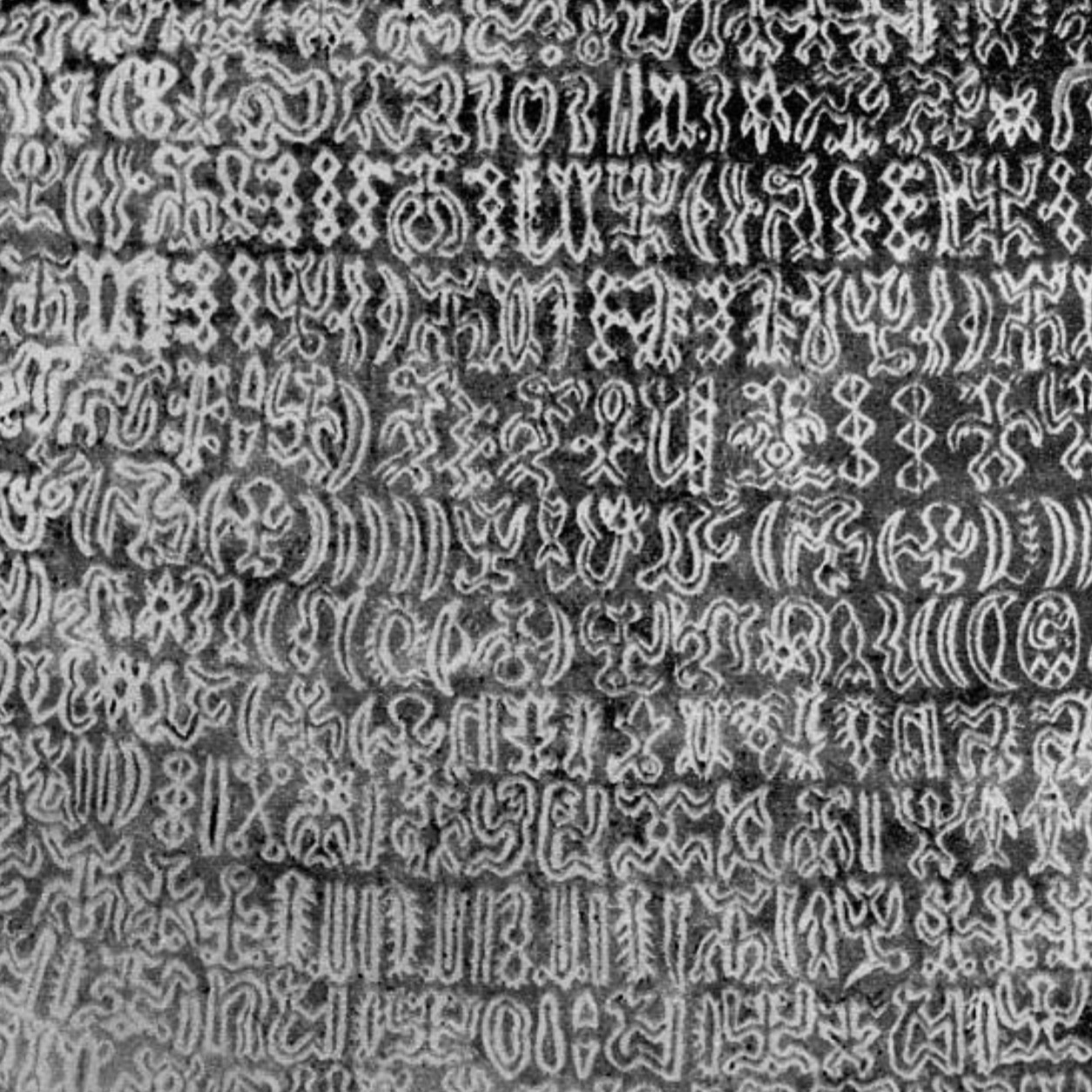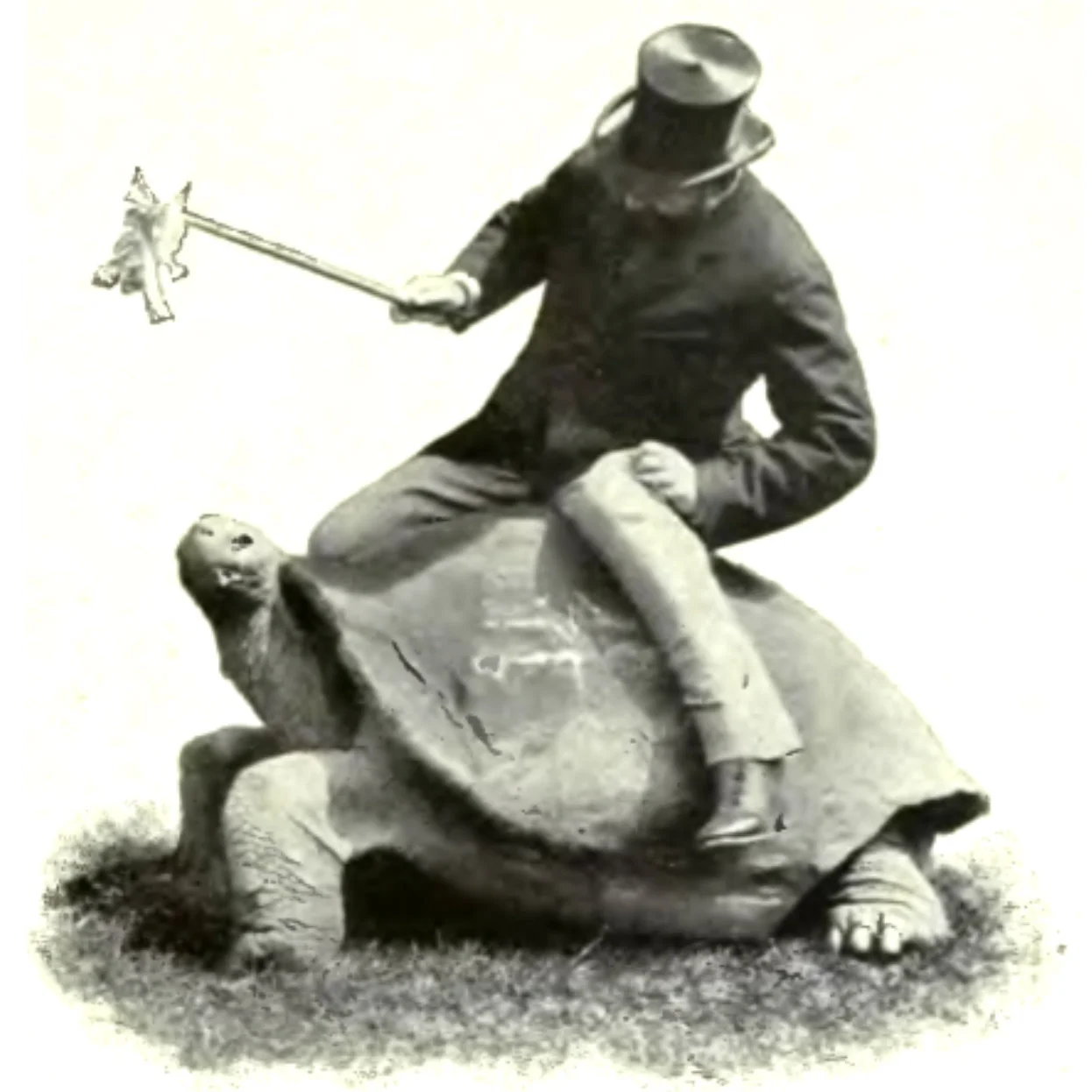The Giant Sea Mammal That Went Extinct in Less Than Three Decades
The quick disappearance of this 30-foot animal helped to usher in the modern science of human-caused extinctions.
Unlike the other long-lived megafauna, Steller’s sea cows, one of the last of the Pleistocene survivors to die out, found their refuge in a remote scrape of the ocean instead of on land.
THE ATLANTIC
Goodbye Eastern Europe
Eastern Europe is Disappearing.
Not the physical place, but the idea. Whatever held the region together in the mind’s eye — a shared experience of occupation and exclusion, the permanent-seeming weight of economic backwardness, treasured memories of defeat — is gone...With its distinctiveness succumbing to the homogenizing forces of globalization and prosperity, Eastern Europe is in the process of being forgotten. As a field of academic study, it is in crisis.
L.A. Review of Books
Fancy bird; a Voorburg-Cropper Pigeon. Photo by Richard Bailey
Wild Thing
How and why did humans domesticate animals – and what might this tell us about the future of our own species?
One day in London in 1855, during an unusually cold winter, Charles Darwin went for a walk. As he strolled along the banks of the ice-bound Thames, he noticed some pigeons foraging for food. He began to wonder about their relationship to so-called ‘fancy pigeons’, the more exotic varieties favoured by fanciers and breeders. Was there an ancestor common to the nondescript blue-grey creatures on the riverbank, and those featured on the front page of Darwin’s newspaper that day, all puffed-up chests and improbable neck-ruffs?
AEON
For a long time, this was the most popular picture on Instagram. If the photograph has a single antecedent, it is John Everett Millais’ painting of Ophelia from 1852. It combines the coiffure of Florentine princesses with the quintessential pose of tragic womanhood from the Victorian era. The cherry on top is the caption: a single, sideways glyph of a heart.
Camera-phone Lucida
The historical roots of our instagram obsession
Facebook is Sauron. It’s also your mom’s couch, a yoga-center bulletin board, a school bus, a television tuned to every channel. Twitter is Grub Street, a press scrum, the crowd in front of a bar. Reddit is a tin-foil hat and a sewer. Snapchat is hover boards, Rock ’em Sock ’em Robots and Saturday morning cartoons. Instagram is a garden: curated, pruned, clean and pretty. It lets you be creative, but not too creative; communicate, but without saying too much. No embedding, no links—just photos, captions and hashtags. Elegant. Simple. Twenty-three filters. A crisp square around each frame...
THE POINT
Rothschild and a pet, Wikimedia
A Natural History of Walter Rothschild
The Tortoise and the Heir: One very rich man’s zoological obsessions.
Some men shoot tigers. Some men love bears. Walter Rothschild, 2nd Baron Rothschild, Major in the Yeomanry, Conservative MP for Aylesbury in Buckinghamshire, heir to one of the greatest banking fortunes in history, and collector of the largest zoological collection ever amassed in private hands, had a specific and incurable addiction to cassowaries... But why did Rothschild prefer them above all other species?
The Awl
Wikimedia
Were the Mysterious Bog People Human Sacrifices?
A British archaeologist argues that the miraculously preserved bodies were left in the water as offerings to the gods.
Sometime around 60 A.D., a man was led into a marsh outside Cheshire, England to be killed. He was in his mid-twenties, stood about 5’ 7’’ tall, and had a trimmed beard, mustache, and brown hair. Except for an armband made out of fox fur, he was naked. It’s likely that he was accompanied, and restrained by...
The Atlantic
Origins
Paleogenetics is helping to solve the great mystery of prehistory: how did humans spread out over the earth?
Most of human history is prehistory. Of the 200,000 or more years that humans have spent on Earth, only a tiny fraction have been recorded in writing. Even in our own little sliver of geologic time, the 12,000 years of the Holocene, whose warm weather and relatively stable climate incubated the birth of agriculture, cities, states, and most of the other hallmarks of civilisation, writing has been more the exception than the rule...
AEON
Photo by Heidi Bradner
Yosemite, California
Sight Beyond Sight, Carleton Watkins' California
How one pioneering photographer captured the American West before its ruin—and before his own.
Watkins came to the state in 1851 during the Gold Rush, and photographed California as if it were a new planet on which he was the first person to arrive.
PACIFIC STANDARD
That Face! The Uncanny Art Of Studio Photography's Heyday
No product of human industry is infinite, but photography comes close. In 1976, John Szarkowski, the longtime curator of photography at the Museum of Modern Art...
The Awl
Paleolithic diets: bigger on fashion than fact
Take a big helping of a fantasy of our evolutionary past, stir in fears of modern dirt and decadence, and leave out incest and cannibalism.
Prospect Magazine
Monsters in the Museum
On February 13, 1718, Peter the Great, Tsar of all the Russias, issued an edict on monsters: All monsters, animal or human, were to be requisitioned for the new museum in his new city, St. Petersburg. Peter desired anything in the realm that was marvelous—extraordinary stones, human and animal skeletons, the bones of fish and birds, old inscriptions, ancient coins, hidden artifacts, old and remarkable weapons—but he wanted monsters most of all.
Monsters, Peter believed, were not the work of the devil, but products of nature. He offered generous payment: Delivery of live specimens would fetch a hundred rubles for humans, fifteen for animals, and seven for birds. Dead ones, preserved in spirits, or, failing that...
THE AWL
Shutter Madness
Garry Winogrand used to say that he took photographs of things to see what they would look like as photographs. He photographed relentlessly: crowds, zoos, dogs, cars, parties, sidewalks and women...
The Awl
A Secret Library, Digitally Excavated
Just over a thousand years ago, someone sealed up a chamber in a cave outside the oasis town of Dunhuang, on the edge of the Gobi Desert in western China...
The New Yorker
Papyralysis
Are paper books becoming obsolete in the digital age, or poised to lead a new cultural renaissance?
LA Review of Books
New Sounds, Old Voices
Édouard-Léon Scott de Martinville wanted to photograph speech. In 1857, after years of experimentation, he succeeded...
New yorker
The Aira Effect
About mid-way through César Aira’s novel An Episode in the Life of a Landscape Painter, its protagonist, the German master of documentary painting Johann Moritz Rugendas...
THE MILLIONS
Our Radical Future: Cults, Utopias and Rebellions of the 1890's
Canudos, the holy city. From the hills it had looked like a mirage. Fifty-two hundred mud huts and a handful of white-washed churches spread along a bend in the Vasa-Barris, where a few years before there had been only a ruined farmhouse
THE AWL
Carleton Watkins: Yosemite, California






















